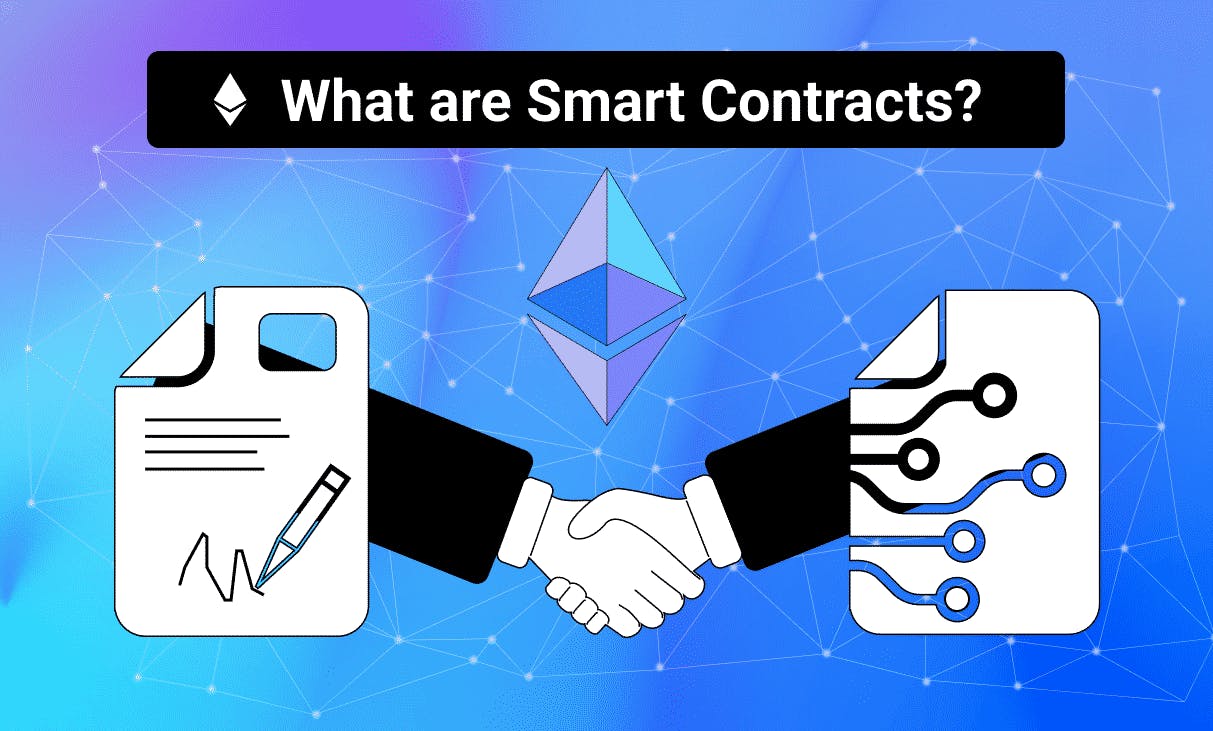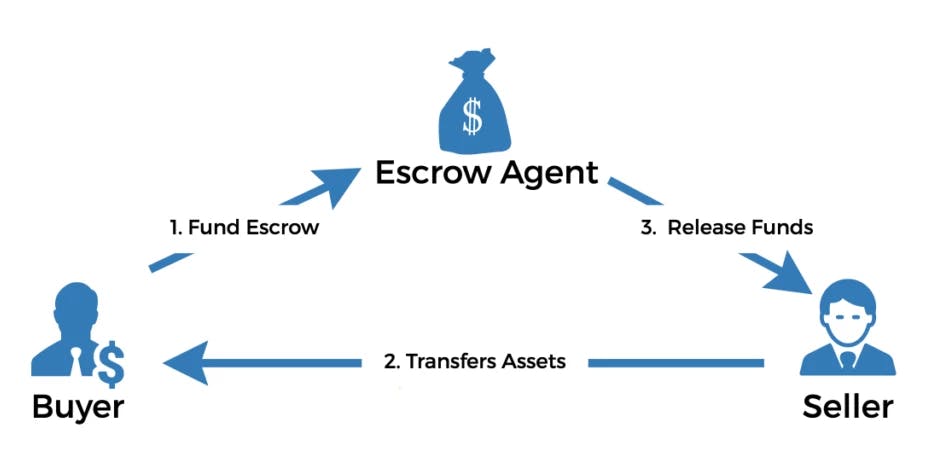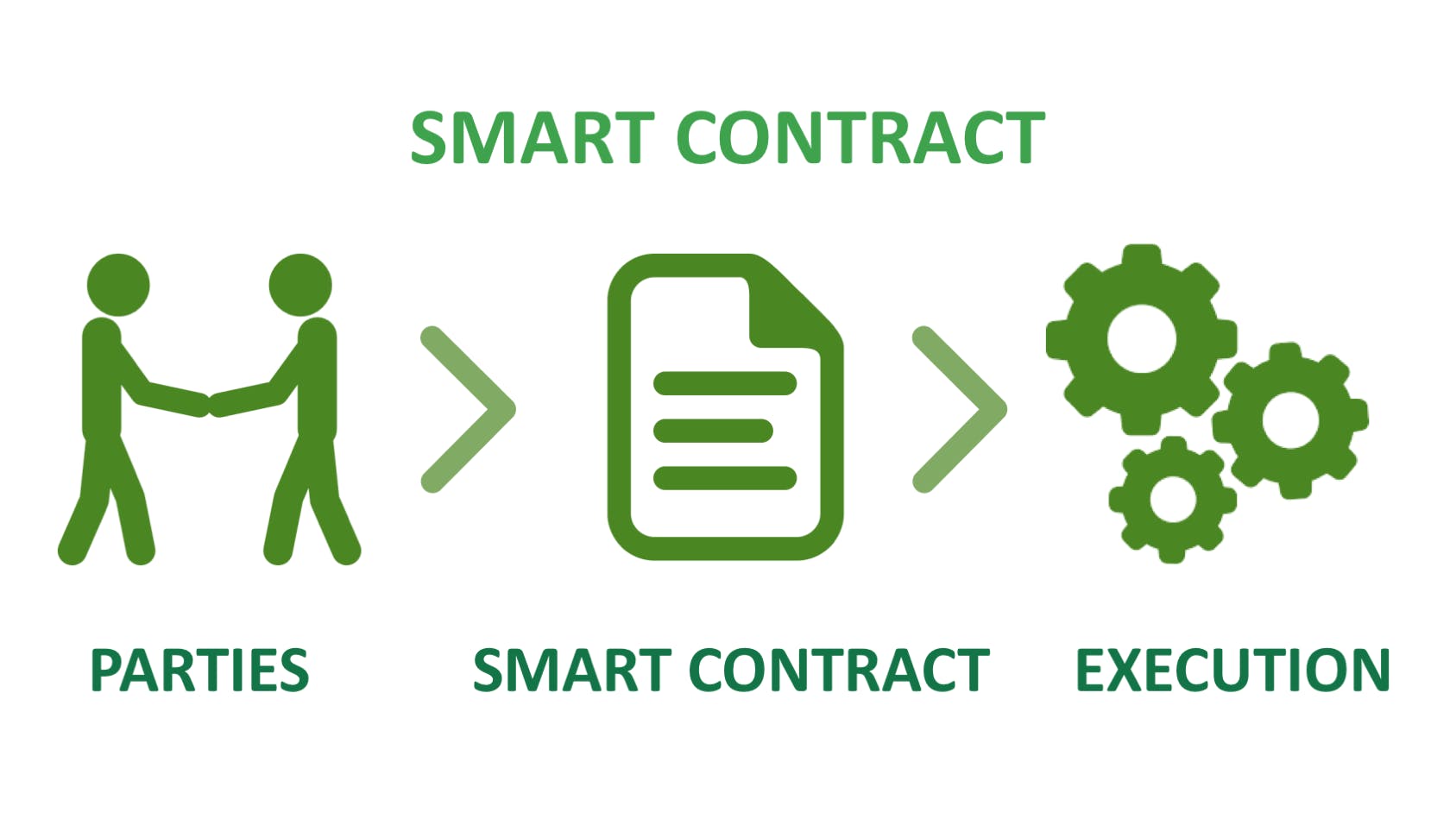Introduction
If you have had a brief exposure to the world of cryptocurrency, you would have come across the phrase "Smart Contract" numerous times. It is often hailed as the ultimate solution in the crypto realm. However, what exactly are smart contracts? What sets them apart from other types of contracts? And most importantly, are there any potential downsides to them? Let's delve into the fascinating world of smart contracts and explore the future of contractual agreements.

What are Smart Contracts?
A smart contract refers to a software application that automates the implementation of a contract's terms and conditions between several parties. These contracts are constructed on top of blockchain technology, resulting in them being decentralized, tamper-proof, and transparent. Once the contract's conditions are established, the program automatically executes and enforces them. Ethereum is the most popular platform for smart contracts, where all smart contracts are performed on the Ethereum Virtual Machine (EVM). Over time, several EVM clones have emerged, and other technologies have become popular for smart contract execution. These contacts are coded in Solidity, a programming language for implementing smart contracts.
Many individuals claim that smart contracts enforce the principle of "code is law," although this statement is frequently contested and not always true. The idea behind this principle is that the code on which the smart contract is built is the only true law. However, this concept can be problematic since it doesn't take into account the possibility of code malfunction or bugs. Humans are not perfect, and unintended behaviours can occur as a result. Therefore, should smart contracts truly be law, and should we accept the losses resulting from them? Alternatively, is it more important to recognize that every smart contract is written with some underlying intent behind it?
Smart Contracts, as we know them for purpose, are also pieces of software that are stored in the blockchain and can be read and executed by anyone.
Below is an example of a Smart Contract that would return “Hello World” when executed. Just as the curiosity it’s done in a language called Solidity, the most commonly used high-level language on EVM (Ethereum Virtual Machine).

The purpose is not to dive into details and the “Hello World” example above is the starting point for every developer that starts a new language. Only the deployment would be decentralized on the blockchain. Available to anyone, a DAPP (Distributed Application) without 3rd parties involved.
To illustrate a good example of Smart Contract usage let’s imagine a piece of real estate being sold. Usually, there are some terms agreed upon, price, dates, etc., and a trusted party that makes sure the transfer of money is done with the transfer of the property

Let’s use a simple process to simplify the analysis. The buyer and the seller met with the Escrow Agent. They agree on a final price, a date for the maturity of the contract and a down payment from the buyer as “goodwill”. It’s also decided that within 30 days the seller needs to settle the remaining to get the transfer of property. Falling to do so will remove any liabilities on the seller that will also keep the down payment. The Escrow is responsible to make sure all conditions are met, money transferred and property registered (In this case fees, taxes, etc also apply).
It’s like the Escrow receives the Real Estate as a deposit and will decide if it goes back to the seller or the buyer depending on the outcome. The property may never be transferred to the buyer but in those 30 days, the seller is blocked from access e.g. cannot initiate another sale. NFTs can be used to represent a property in the blockchain, a representation of the good. Not a crazy idea since it only replaces the property registration we have today in paper or digital form. Paper and current digital documents are cumbersome in validation and easy to copy. Replacing them with NFTs would be of immense value for security and transparency with the combination of Smart Contracts.
These NFTs would have to be governed by State Institutions, probably not on dedicated mainchains but on some federated infrastructure for the purpose. A Smart Contract would be available for general execution. The buyer and the seller met, and agree on the terms. The seller deposits the NFT on the smart contracts with instructions on the down payment and the deadline to lock the NFT, the final price and the final date to fulfil the deed.
The contract is then executed accordingly, i.e. if the down payment and final one are done in time the process is automatic and the tax and legal part are included in the execution.
Benefits of Smart Contract
Smart contracts offer several advantages, one of which is transparency. They provide a transparent and auditable record of transactions that all parties can access, and can automate various processes that would typically necessitate manual intervention, reducing transaction costs and speeding up execution.
In addition, smart contracts enhance trust among parties in a transaction by being self-executing and tamper-proof. They can be programmed to be fair and equitable, aligning with our shared vision of a more equitable world.
Potential Dangers of Smart Contracts
Although smart contracts offer many benefits, they also have some potential dangers. Security risks are one of the hazards associated with smart contracts. As with any software, vulnerabilities in the code of smart contracts can be exploited by hackers, potentially resulting in the loss of funds or privacy breaches. Additionally, smart contracts lack flexibility because they operate according to predefined rules and conditions. If the contract's terms are inflexible and don't account for unexpected or changing circumstances, it could lead to unintended consequences.

Philosophical Implications of Smart Contracts
Smart contracts signify a significant transformation in our approach to contracts and trust in the digital era. They challenge us to rethink the role of intermediaries and institutions in facilitating transactions and to reconsider the relationship between technology and human agency. Smart contracts merge technology and philosophy by relying on principles of transparency, immutability, and trust. The values and principles embedded in the code and architecture of a system reflect our collective aspirations for a better world.
As we rely more on these systems to automate complex processes, we must ensure they uphold our values and priorities, preserving human agency and autonomy, which are fundamental to a just and fair society.
Smart contracts have the potential to revolutionize the way we do business, but they also come with risks. Therefore, we must be mindful of their philosophical implications and ensure they serve the greater good as we explore their possibilities.
Conclusion
To make it simple words, a smart contract is a computer program that automatically executes the terms of a contract when certain conditions are met. It is a self-executing contract that enables trustless and decentralized agreements, eliminating the need for intermediaries like lawyers, banks, or other third-party intermediaries. Smart contracts are built on blockchain technology like Ethereum, allowing for transparent contract terms. They can be used for various applications, including supply chain management, voting systems, and decentralized finance.
